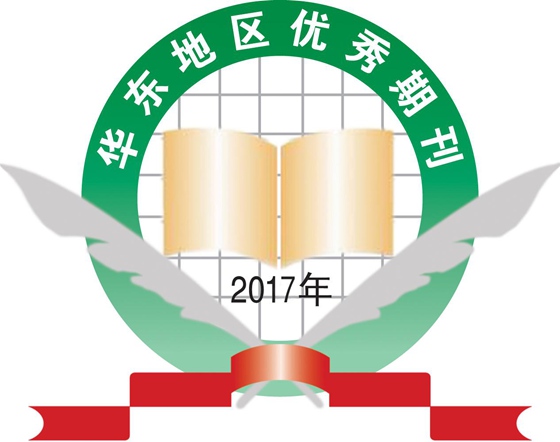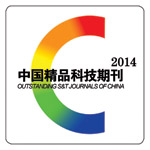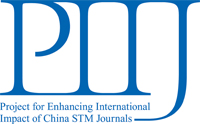Objective
By optimizing the extreme learning machine network with particle swarm optimization, we established a syndrome classification and prediction model for primary liver cancer (PLC), classified and predicted the syndrome diagnosis of medical record data for PLC and compared and analyzed the prediction results with different algorithms and the clinical diagnosis results. This paper provides modern technical support for clinical diagnosis and treatment, and improves the objectivity, accuracy and rigor of the classification of traditional Chinese medicine (TCM) syndromes.
Methods
From three top-level TCM hospitals in Nanchang, 10,602 electronic medical records from patients with PLC were collected, dating from January 2009 to May 2020. We removed the electronic medical records of 542 cases of syndromes and adopted the cross-validation method in the remaining 10,060 electronic medical records, which were randomly divided into a training set and a test set. Based on fuzzy mathematics theory, we quantified the syndrome-related factors of TCM symptoms and signs, and information from the TCM four diagnostic methods. Next, using an extreme learning machine network with particle swarm optimization, we constructed a neural network syndrome classification and prediction model that used “TCM symptoms + signs + tongue diagnosis information + pulse diagnosis information” as input, and PLC syndrome as output. This approach was used to mine the nonlinear relationship between clinical data in electronic medical records and different syndrome types. The accuracy rate of classification was used to compare this model to other machine learning classification models.
Results
The classification accuracy rate of the model developed here was 86.26%. The classification accuracy rates of models using support vector machine and Bayesian networks were 82.79% and 85.84%, respectively. The classification accuracy rates of the models for all syndromes in this paper were between 82.15% and 93.82%.
Conclusion
Compared with the case of data processed using traditional binary inputs, the experiment shows that the medical record data processed by fuzzy mathematics was more accurate, and closer to clinical findings. In addition, the model developed here was more refined, more accurate, and quicker than other classification models. This model provides reliable diagnosis for clinical treatment of PLC and a method to study of the rules of syndrome differentiation and treatment in TCM.
 Table of Content
Table of Content














